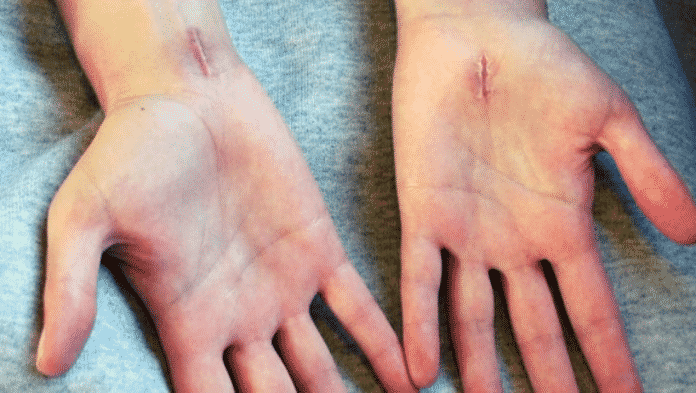- Do you experience pain/numbness in your hands or fingers especially during night?
If the answer of above question is yes, you might be suffering from a condition known as Carpal tunnel syndrome.
- What is it?
Carpal tunnel syndrome is condition caused by compression of one of the major nerves of forearm (Median nerve) at wrist inside a tight space called as carpal tunnel. This nerve supplies the sensations to outer three and half fingers (thumb, index, middle and outer half of ring finger) and some muscles of thumb.
Carpal tunnel syndrome is a puzzling and disabling condition that affects all age groups and sexes but more common in middle aged females. It affects about 3-5% of population. There are certain conditions like hypothyroidism, diabetes, alcoholism, kidney failure, obesity, pregnancy which increases the chances of this problem. Certain professions which involves regular use of vibrating tools and repetitive movements of forearm muscles also increases the possibility of CTS.
- How to identify it?
CTS is a combination of pain, numbness and disturbing tingling in the hand, mainly involving thumb, index, middle and half of ring finger. Symptoms are usually worse at night and wakes up the patient from sleep. Massage, exercise and flicking of the hands may relieve the symptoms. In severe/advance stages individual may have weakness of grip/pinch or difficulty in holding the objects/objects falling from the hands.
- How to confirm/diagnose it
Doctors usually diagnose CTS based on your history of hand symptoms and the physical examination. Doctor may advise certain tests, especially Nerve conduction studies (NCS) to check the flow of conduction in nerve. This test confirm the condition in about 80% cases and also tells about the severity of condition. In some cases Ultrasound of wrist may be required and rarely an MRI.
- How to treat it?
Treatment usually depends on severity and duration of symptoms. In mild to moderate cases, treatment is started with wrist support/splints especially during night, anti inflammatory medication and avoidance of any repetitive activity of wrist/hands.
If the condition does not improve or pain and numbness is very disabling, doctor may give injection into the wrist to reduce the internal swelling and will relieve the symptoms. The patients who does not improve with above treatment or those who have severe involvement at presentation will require surgery. Surgery will relieve the pressure on nerve by cutting a ligament at the wrist and ultimately creates more space in the tunnel. Surgery can be done with open or endoscopic (keyhole) techniques.
Most patients (85%) recover completely or significantly after surgery.
Dr. Sanjay Kumar
Orthopedic Surgery Specialist
Bahrain Specialist Hospital
Email: sanjay.kumar@bsh.com.bh

